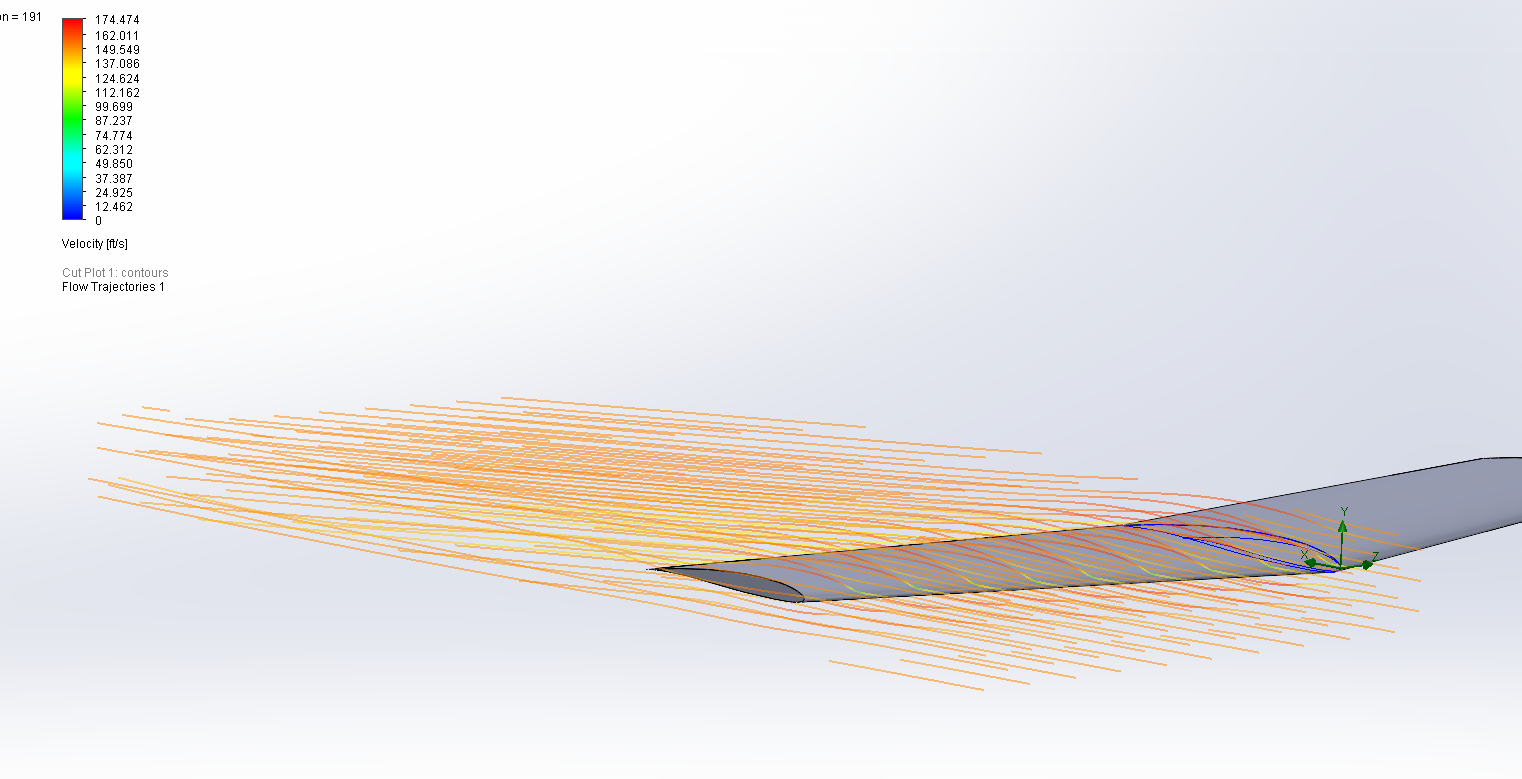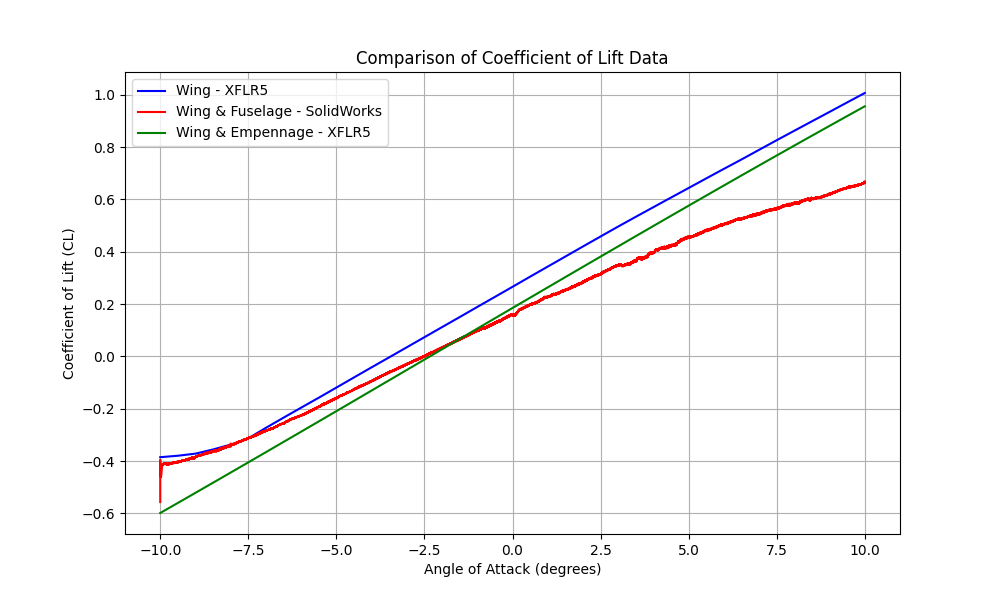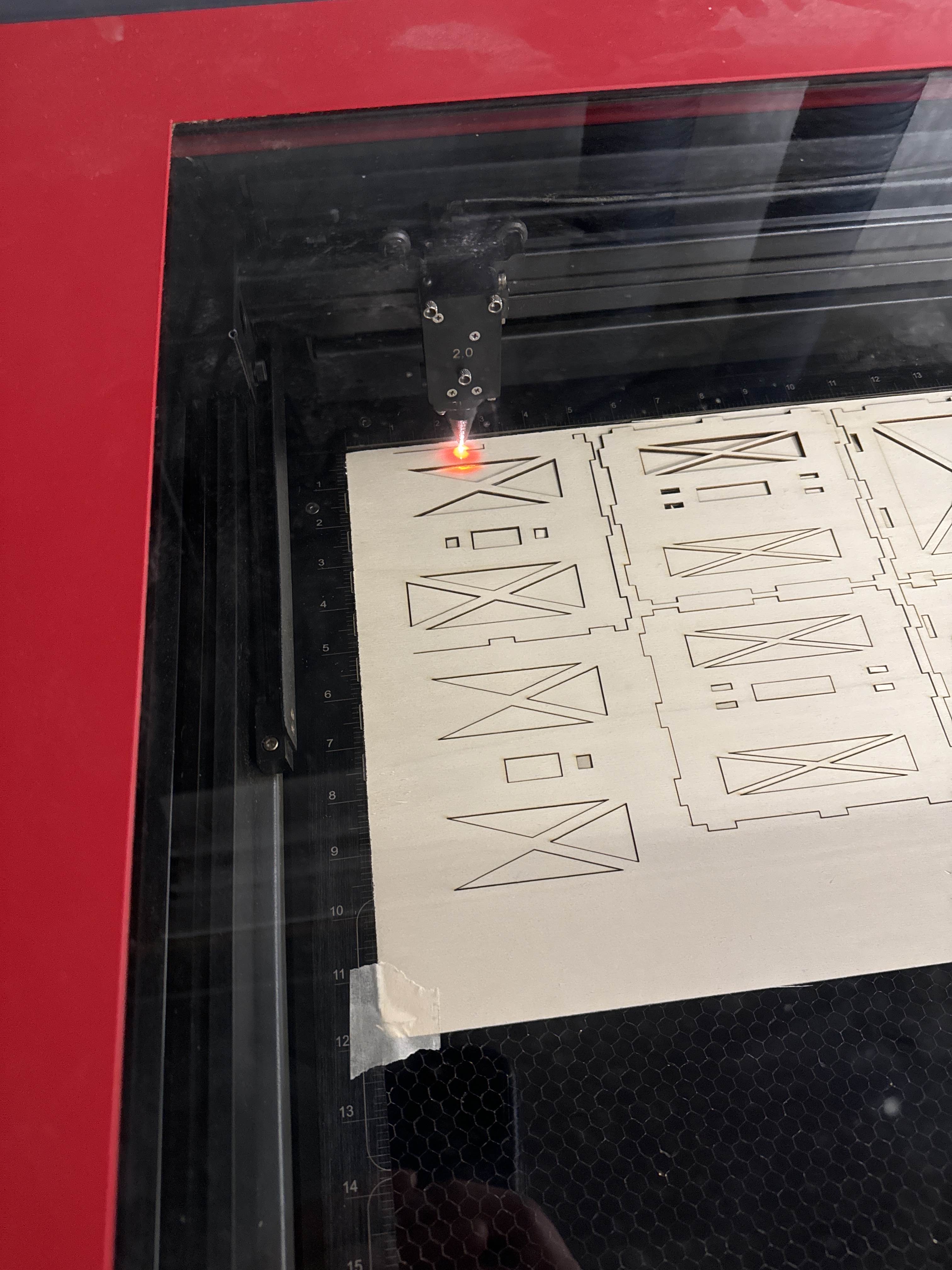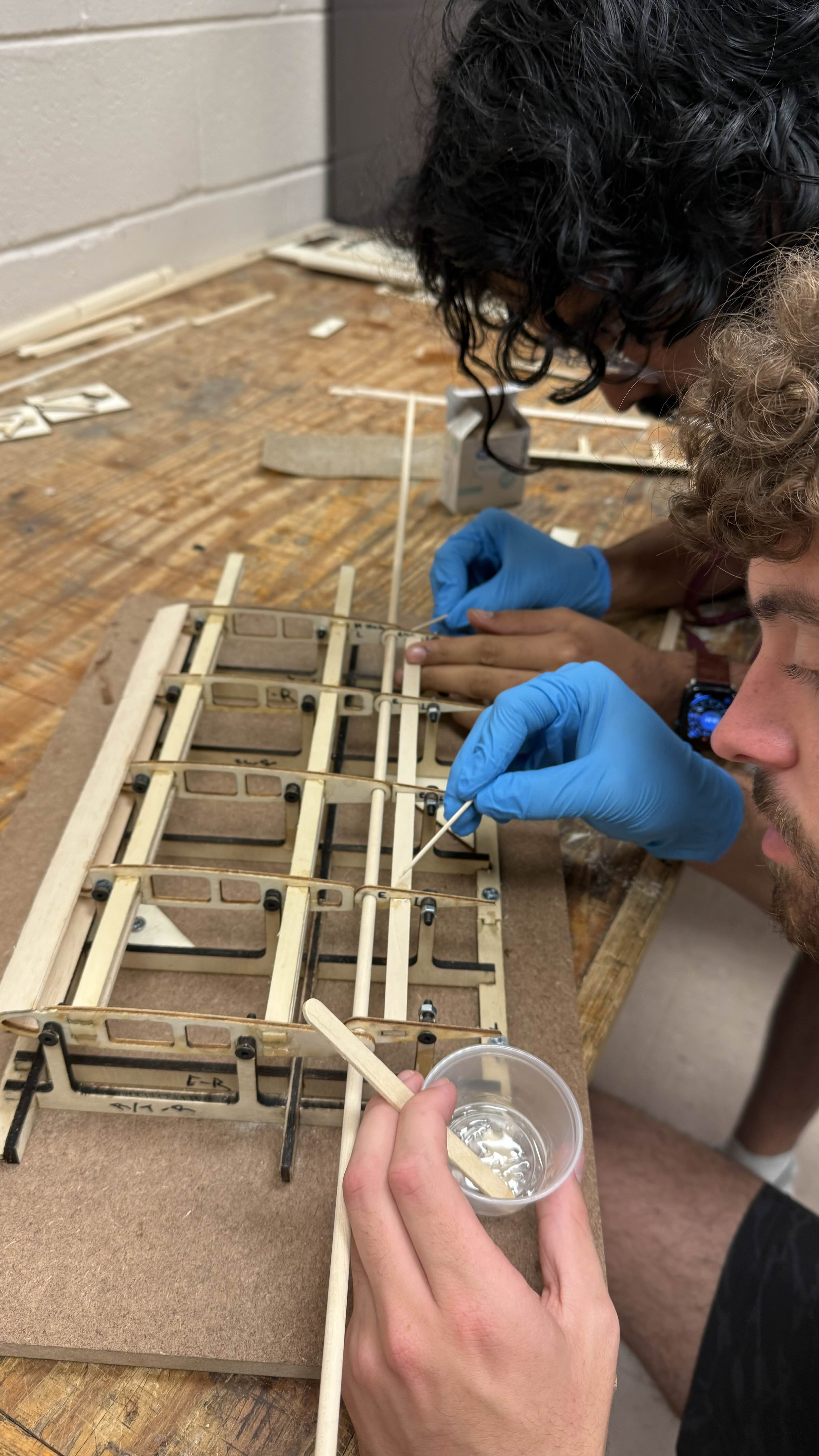

SSFE crafts their own set of goals/objectives, constraints, and requirements at the start of each project cycle. Following these guidelines, each of the engineering sub-teams, Aerodynamics, Structures, and Avionics/Propulsion, begin conducting research into their respective areas and drafting design concepts. The teams reconvene to discuss an integrative project architecture that offers the most preferences across the three teams while balancing the feasibility of implementation.
The concept phase then transitions into graphical design where CAD software helps convert our ideas into a more tangible form. The design phase also involves complementary simulation testing via computational fluid dynamics (CFD) and finite element analysis (FEA) softwares to name a couple.
Once a primary design has been selected that satisfies the initial requirements and any additional needs of the sub-teams, SSFE schedules a design review with one or more Texas A&M professors. Feedback is then taken and incorporated into our original designs prior to the start of our manufacturing phase.


During manufacturing, students are trained in the operation of tools and machinery necessary for our specific aircraft’s fabrication processes. Manufacturing techniques that guarantee high-precision, minimal-error parts are employed to yield a stable, performance-optimized aircraft.
Physical material/structural testing is conducted to verify sub-component performance to anticipated environmental conditions (e.g. testing a wooden truss for peak loading tolerance to validate computational models). Aircraft subsystems are tested separately for nominal performance and then again post-integration into the system. SSFE then consults Texas A&M faculty for a demonstration review before flight testing ensues.


Flight testing will give SSFE an opportunity to observe full operational performance and set a basis for the aircraft’s highest attainable speed. Through multiple flight tests and adjustments where necessary, the aircraft will be subject to a final test to attain a maximum speed record. This maximum speed will set the precedent for the next project cycle. SSFE engineers also undergo a post-processing analysis phase where a holistic view of the plane is taken to then determine which aircraft subsystems could be improved upon.